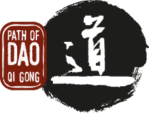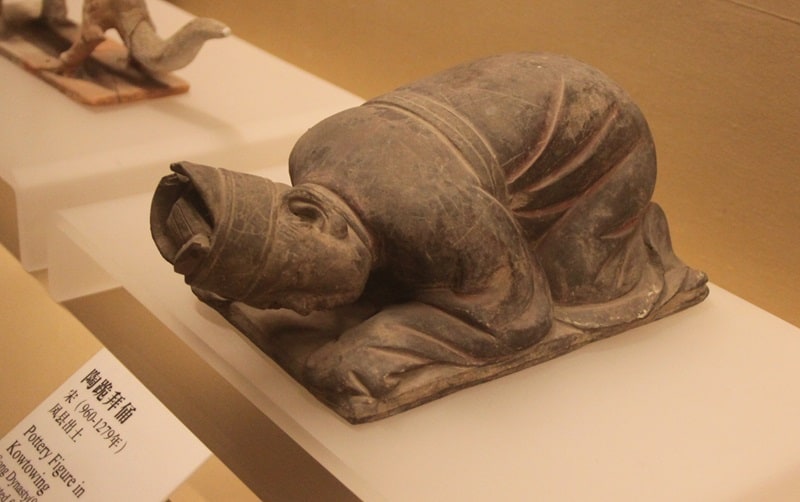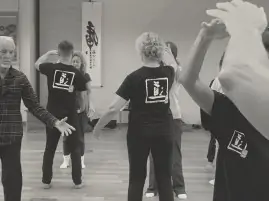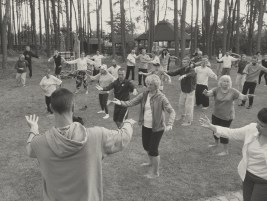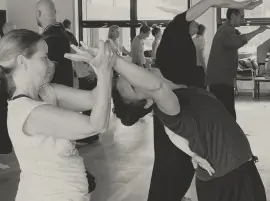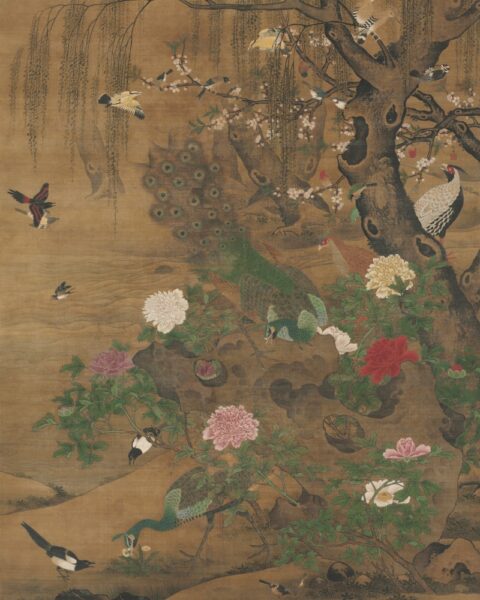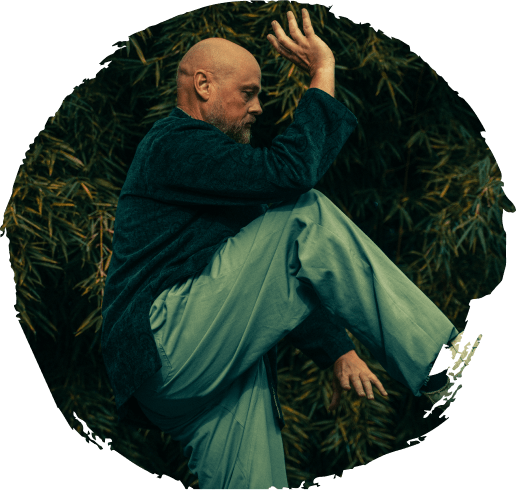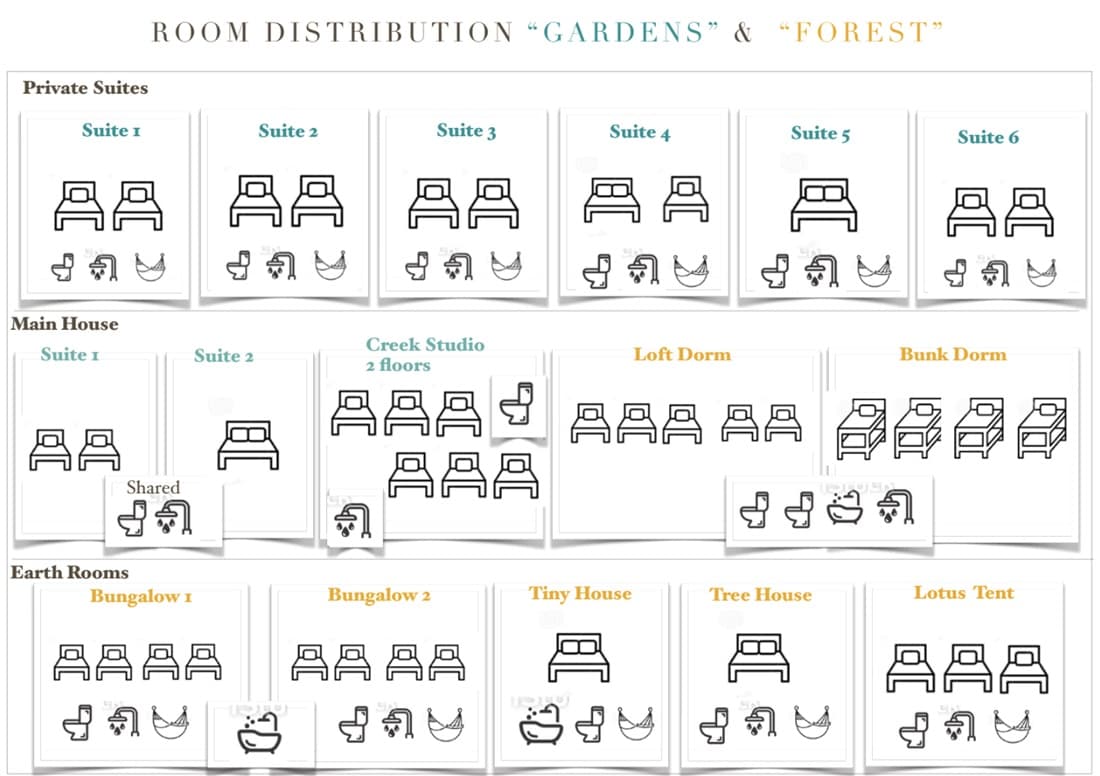Excerpt from interview with Ron Timm about Cultivation of stillness - Qi Gong and Meditation.
Universal practice
We talk about a very ancient practice, present around the globe throughout different cultures and across different religious beliefs. It’s been practiced knowingly and consciously, as well as unknowingly and unconsciously. It seems to be something that is within the human realm, natural to being human and human beings. Practice can connect us with our being. This is why it plays a crucial role in our school...
Stillness in motion
‘To be’, ‘being’- means stillness, it means ‘to be still’. When you become still you simply ‘are’. This is something that is connected to our deepest existence, simply being without doing anything.
While the outer form of meditation is that there is no motion, the mistake we make is that we take the form for the content. The form of any kind of meditation is stillness, but the fact by itself that you don’t move, doesn’t do the job.
When it comes to the practice of prostrations we see it as the ground of stillness: it is a form of movement that comes from an internal impulse. It is embedded in human nature, in the human heart. That is the deeper meaning of prostration practice within the context of qi gong.

The physical aspects
In terms of a more mundane, physiological explanation, we can see there are two aspects. One is that within this practice we work out the yin and yang energies and polarities. We even charge up the dynamics of yin and yang in the body in order to generate power. Here, power equals strength and stamina, that enables you to stay with the internal process and to hold on. The other thing is that we open up the whole system, which is needed to invite the energies and the states of conscious being. You want to establish a harmonious flow of energy within the body. Energy needs to run powerfully but smoothly through your whole system, and the practice of prostrations will allow that.
In the practice of prostrations we literally and very strongly connect to the energy of the earth as we put ourselves down to the ground and we also connect strongly to the heavens as we raise up and stretch out towards the heavens. Furthermore we engage in connecting these energies, so there is exchange and interchange, a constant flow. You embody that in your prostration practice by repeatedly going down and up. You can see there is a lot of stamina involved, you need it in order to do it for half an hour, or an hour. This is the best base and best conditioning for stillness practice, and then meditation. These are wonderful practices and they are doable, everybody can do it.
Best preparation for sitting practice
At first it seems difficult to sit on a cushion for an hour- at least I thought so and it was so for me. So a question appeared: why not make it a bit easier? We can stuff 10 cushions around us or use blankets but that just puts us to sleep. It was when I learned the whole set that I realized that there is a different way of making it easier: you do prostrations before sitting. It can be 40 minutes of prostrations before 20 minutes of sitting. Or you can do 2 years of prostrations, then start the sitting practice and look for states of meditation. I realized that when I do my 40 minutes of prostrations I have no problem adding another 40 minutes of sitting practice. When I have done 6 months of prostrations I had no problem sitting on the floor, which used to be a big problem- and is a problem for most people.
The way to meditation
For most, at the beginning, the problem of meditation is not the state of mind- the energies are too rough and we are not able to recognize them. The problem is the back, the knees and the hips, the sole act of sitting. We can’t talk about meditation, we can’t talk about stillness practice yet because you are not still while your body is bothering you. That is why we want to work out the physical first and the prostrations are wonderful for that.
Then the sitting is not anymore about: ‘I can’t sit’. Now the sitting becomes a question of what it really is for. Now I can start to cultivate stillness: when the body is comfortable, the pumps are powerfully running, the fluids and the blood and the qi is flushed through the system, all that will help your stillness practice. That’s how you get closer to the meditative states.
The practice of prostrations will naturally bring you to the states of stillness. We do the prostrations and then, at a certain point as you’re sitting on the ground, you just want to stay there. Or when you’re lying on the ground you just want to stay- stillness comes naturally to you.

Staying natural
I think it is very important that the process is as natural as possible. If it’s not natural then you have to want it, you have to do something. I have observed it often and it didn’t appeal to me: that I do it, I want it, I force it and I push it. That’s a different quality, and something else appears when you want it and do it- rather than if you just wait and it arrives of its own accord.
The point is that it makes no sense to wait if you haven’t plowed the field. If you haven’t planted the seeds, you could probably wait forever. So that’s where the prostrations come in. And when you bring this practice to a high level the stillness and meditation are already within it. The prostrations are a physical exercise only on a surface level, but are really done from the bottom of your heart.
If you are interested in prostration and stillness practice please check our upcoming New Year's Meditation Camp.
